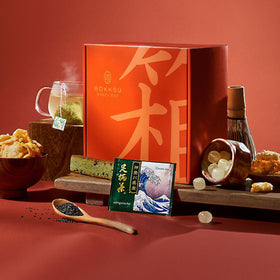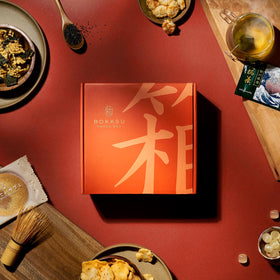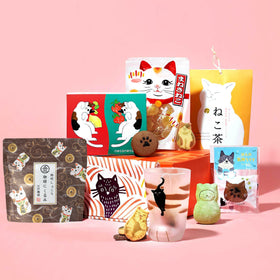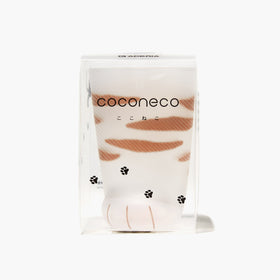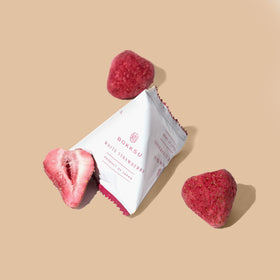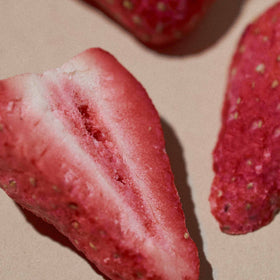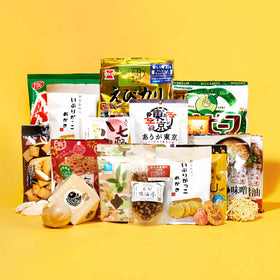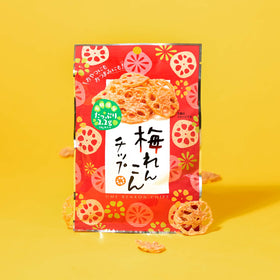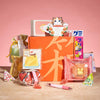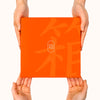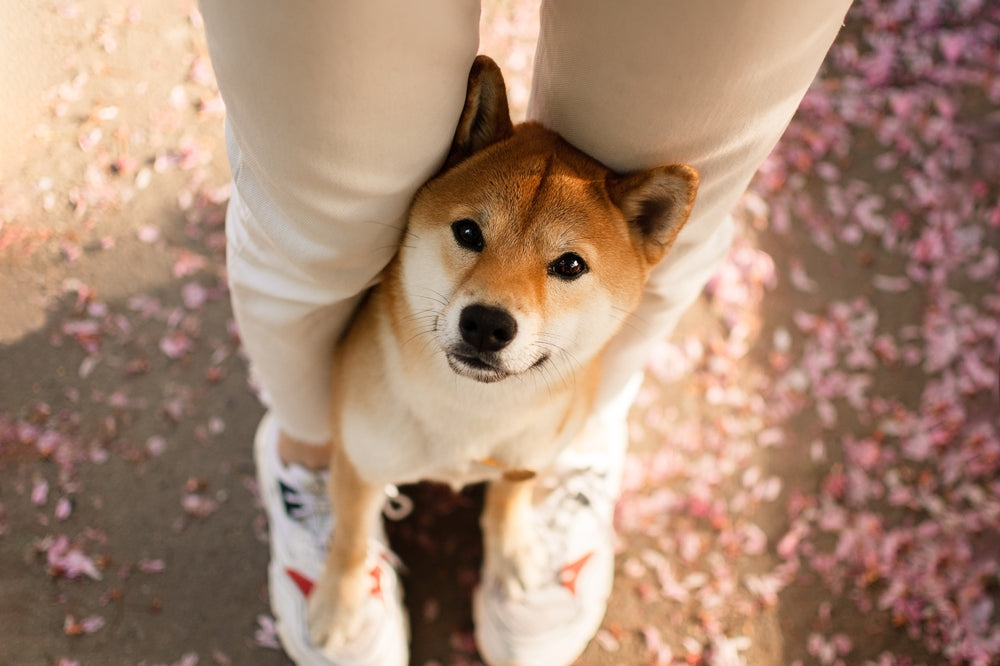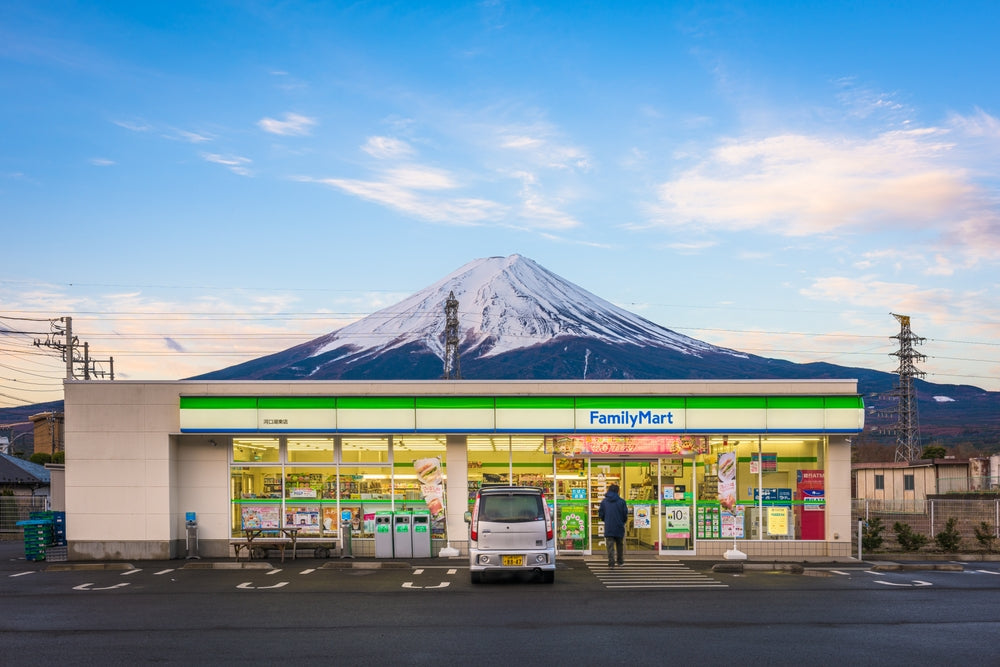When Is Summer in Japan? Everything You Need to Know
Understanding Japan’s Four Distinct Seasons

Japan’s climate is beautifully divided into four distinct seasons: spring, summer, autumn, and winter, each bringing its own unique charm and traditions. Spring is perhaps the most iconic, marked by the arrival of cherry blossom season, when pink petals blanket the parks and riversides, drawing locals and travelers alike outdoors. As spring gives way to summer, the temperatures rise and humidity sets in, ushering in a season of vibrant festivals, fireworks, and lush greenery. Though the heat and occasional typhoons can be intense, summer plays an important role in Japan’s yearly rhythm, offering a lively contrast to the gentler months that precede and follow it. Autumn follows with a crisp, refreshing atmosphere and breathtaking displays of red and gold foliage, drawing visitors to temples, mountains, and countryside landscapes. Winter, meanwhile, brings a serene quietness, with snow-covered villages, steaming hot springs, and traditional New Year celebrations adding a touch of magic to the year’s end.
For anyone planning a Japan trip, understanding this seasonal cycle can help shape a richer, more immersive experience. Summer, for example, is not just about hot weather, it’s a time for colorful yukata, chilled noodles, and centuries-old traditions like the Gion Matsuri in Kyoto. Each season offers something distinct, whether it’s the fleeting beauty of spring’s cherry blossoms, the breathtaking warmth of autumn leaves, or the peaceful, snow-covered landscapes of winter. Recognizing how these changes define everyday life, food, and festivals in Japan adds depth to any journey through the country.
When Is Summer in Japan?

Japan’s summer months stretches from June to August, beginning with tsuyu, the country’s rainy season. During this time, frequent rains, sometimes gentle, other times heavy and unrelenting, sweep across the country, nourishing rice fields and gardens while giving the cities a quiet, reflective feel, as if everything slows down for a moment. This damp season gradually gives way to intense summer heat, bringing high humidity, blue skies, and the buzz of cicadas echoing through the trees. It’s a dramatic shift, from the calm, gray rhythm of Japan’s rainy season to the energetic heart of summer filled with festivals, fireworks, and sun-drenched landscapes.
Regional Weather: From Tokyo Heat to Hokkaido Breezes

Summer in Japan can feel very different depending on where you are, especially come early July. Central Japan cities like Tokyo and Kyoto often bake under the intense heat and humidity, making it important to stay hydrated and dress light. Meanwhile, Okinawa offers a tropical vibe with warmer temperatures but also refreshing ocean breezes that provide a bit of relief. Up north, Hokkaido stands apart with its cooler, gentler summer weather, perfect for those looking to escape the sticky heat and enjoy fresh, crisp air. Knowing these regional differences helps travelers plan their wardrobe and activities, ensuring a comfortable and enjoyable trip to Japan no matter the destination.
== https://www.bokksu.com/collections/bokksu-exclusive-box-and-bundle/products/treat-yourself-box== ==https://www.bokksu.com/collections/bokksu-exclusive-box-and-bundle/products/bokksu-ramen-box== ==https://www.bokksu.com/collections/bokksu-exclusive-box-and-bundle/products/the-kawaii-gift-box==
What to Wear During Japanese Summer

When it comes to dressing for Japan’s hot summer, comfort is key. Lightweight, breathable fabrics like cotton and linen help keep the body cool and dry in the sticky humidity that often settles in from June through August. Loose-fitting clothes allow for better airflow, making it easier to stay comfortable while exploring bustling cities or serene countryside. Sun hats and sunglasses are also essential, offering much-needed protection from the strong summer sun and helping prevent overheating during long walks or outdoor sightseeing.
For those visiting during festival season, wearing a traditional yukata can add a special feel to the experience. These lightweight cotton robes are perfect for hot evenings and lively celebrations, blending comfort with traditional style. Footwear should be practical yet breathable, think sandals or sneakers that can handle lots of walking while keeping feet cool. By dressing thoughtfully for Japan’s summer weather, travelers can enjoy all the season’s vibrant energy without feeling weighed down by the heat.
Summer Festivals to Experience in Japan

Summer in Japan is a season bursting with life, and one of the best ways to experience Japanese culture is through its lively festivals. The Gion Matsuri in Kyoto, for example, is one of the country’s most famous and historic celebrations, where city streets come alive with colorful processions, traditional music, and elaborate floats. Dating back to 869 AD, the festival began as a prayer for protection during an epidemic, and a local boy is still chosen each year to ride on a float as a sacred messenger to the gods, his feet never touching the ground during the parade. The festival’s energy and beauty make it a highlight for anyone wanting to connect with Japan’s rich cultural heritage.
Fireworks displays are another unforgettable summer spectacle, with the Sumida River Fireworks in Tokyo standing out as a dazzling night event. Thousands gather along the riverbanks to watch the sky explode in vibrant colors, bringing everyone together in a magical moment that blends modern excitement with timeless tradition. Meanwhile, in Tokushima, the Awa Odori dance festival turns city streets into a joyous dance party, where locals and visitors alike join in the rhythmic movements and lively music. These festivals capture the heart of Japan’s summer, offering a deep dive into its joyful, spirited culture.
Popular Summer Foods and Drinks

When the warm weather hits Japan, locals and visitors alike turn to refreshing summer foods and drinks to beat the heat. One beloved treat is kakigōri, shaved ice flavored with sweet syrups, perfect for cooling down after a day in the sun. Cold soba noodles offer a light, satisfying meal, while unagi, or grilled eel, is a rich and flavorful dish often enjoyed to boost energy during the hottest months. Conveniently, many of these seasonal favorites can also be found at convenience stores across the country, making it easy for travelers to grab a quick, refreshing bite or drink like mugicha (barley tea) and ramune soda whenever they need a break from the heat. These tasty treats turn Japan’s summer from something to endure into a season to savor and enjoy.
==https://www.bokksu.com/collections/bokksu-exclusive-box-and-bundle/products/japanese-savory-snack-box== ==https://www.bokksu.com/collections/bokksu-exclusive-box-and-bundle/products/japanese-fruits-gummy-box== ==https://www.bokksu.com/collections/all/products/the-happy-hour-gift-box==
Escaping the Heat: Best Places to Cool Down

When Japan’s summer heat becomes too much to handle, many travelers seek out peaceful retreats to cool down and recharge. The Japan Alps offer a refreshing escape with crisp mountain air and scenic hiking trails, perfect for those wanting to get away from the city bustle. Nearby, the Fuji Five Lakes region provides stunning views of Mount Fuji and plenty of outdoor activities like boating and nature walks, making it a favorite spot for beating the heat. For the adventurous, climbing Mount Fuji early in the season is a memorable way to experience cooler temperatures and breathtaking sunrise views from Japan’s highest peak.
Coastal escapes also offer a welcome break from the sweltering urban heat. Japan’s beautiful beaches, from Okinawa’s turquoise shores to quieter spots along the Sea of Japan coast, invite visitors to swim, snorkel, or simply relax by the water. Forested temples tucked away in shaded valleys provide a serene atmosphere for those looking to combine nature with culture. Whether it’s mountain air, ocean breezes, or peaceful forests, these retreats remind travelers that there’s always a cooler side to Japan’s vibrant summer.
Summer School Holidays and Travel Peaks

Summer school holidays in Japan typically run from late July through August, and during this time, many Japanese people take time off work to enjoy the season with family and friends. This leads to crowded popular destinations like beaches, mountain resorts, and festival sites, with busy trains and fully booked accommodations becoming the norm. The summer rush closely follows Golden Week, another major holiday period in late April and early May, showing just how much the Japanese value their vacation time. For travelers, being aware of these busy travel periods is essential for planning ahead, whether to avoid the crowds or secure the best spots during Japan’s lively summer season.
Is It a Good Time to Visit Japan in Summer?

Visiting Japan in summer comes with its own set of highs and lows. On the plus side, summer in Japan feels like the whole country is bursting with life, colorful festivals, breathtaking fireworks displays, and unique traditions that you won’t find at any other time of year. However, the humid weather can be intense, especially in cities like Tokyo and Kyoto, which might be a challenge for those sensitive to heat. Travelers who thrive in lively environments and enjoy the buzz of busy city streets will find this season incredibly rewarding as they dive into Japan’s spirited summer culture. On the other hand, those who prefer pleasant weather and cooler temperatures might want to consider other times of the year or seek out northern regions where the climate is milder. Either way, summer in Japan offers unforgettable experiences for those ready to embrace both its heat and its heart.
Planning Your Summer Trip to Japan in 2025

Planning a summer trip to Japan in 2025 can be incredibly rewarding, especially with a little preparation. Since summer includes some of the country’s peak travel seasons, like school holidays and major festivals, booking flights and accommodations early is a smart move. This not only ensures better prices but also helps secure spots in popular areas that tend to fill up quickly. Travelers should also consider their comfort during the hot and humid months by packing breathable clothing, staying hydrated, and taking breaks in shaded parks, air-conditioned cafés, or even a relaxing soak in the hot springs if they’re venturing into the mountains.
For those looking to stretch their budget, seasonal rail passes, and local travel hacks can make a big difference. The Japan Rail Pass, regional passes, and discount travel cards often provide great value for covering long distances or hopping between cities. Convenience stores also become a traveler’s best friend in summer, offering everything from cold drinks and snacks to affordable meals. With some thoughtful planning and flexibility, exploring Japan during the summer of 2025 can be not just manageable, but one of the most exciting and culturally rich travel experiences of the year.
Celebrate the colorful spirit of summer with Bokksu Boutique's upcoming summer-inspired collection, launching July 15! Make your summer extra special with a handpicked box from Bokksu Boutique,bringing the charm and joy of Japan's sunny season straight to your home, no matter where you are.
==https://www.bokksu.com/collections/all-bokksu-boutique-items/products/classic-bokksu-seasons-of-japan== ==https://www.bokksu.com/collections/all/products/bokksu-the-japanese-tea-box== ==https://www.bokksu.com/collections/bokksu-exclusive-box-and-bundle/products/cat-lovers-box==
Author Bio




